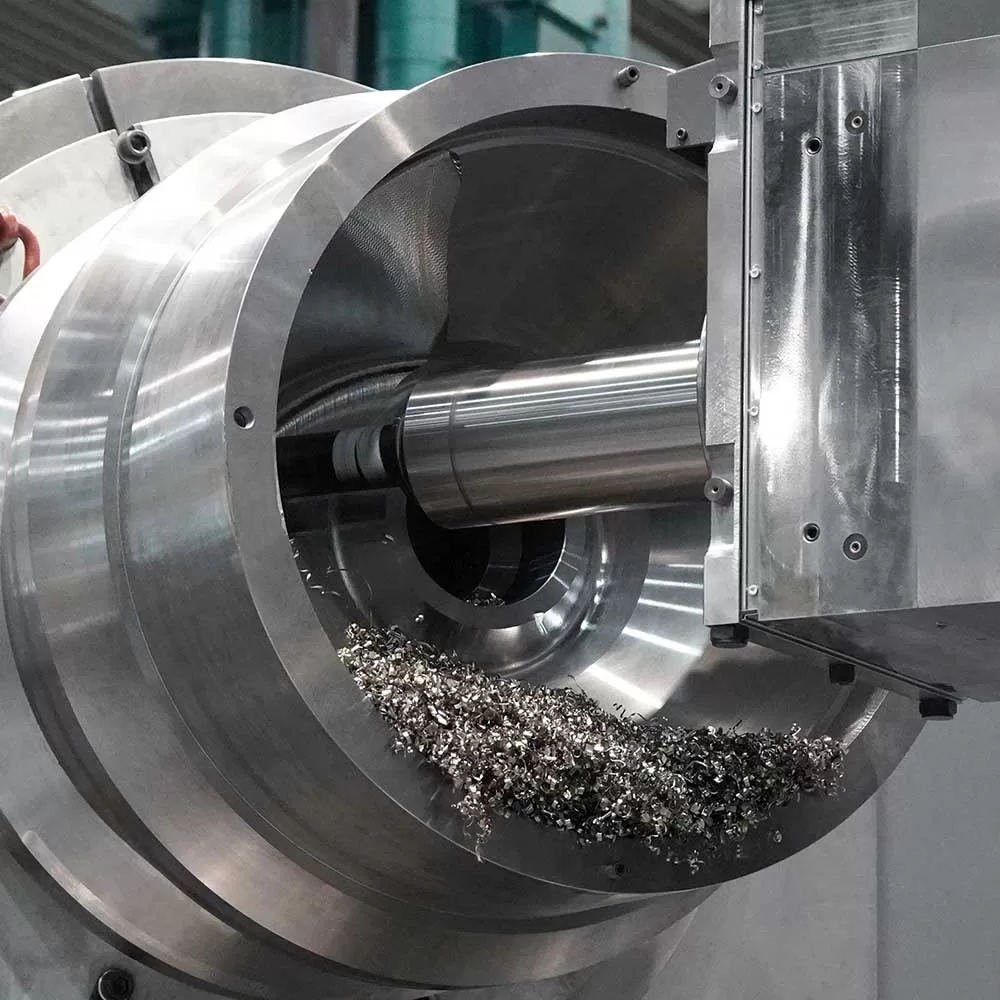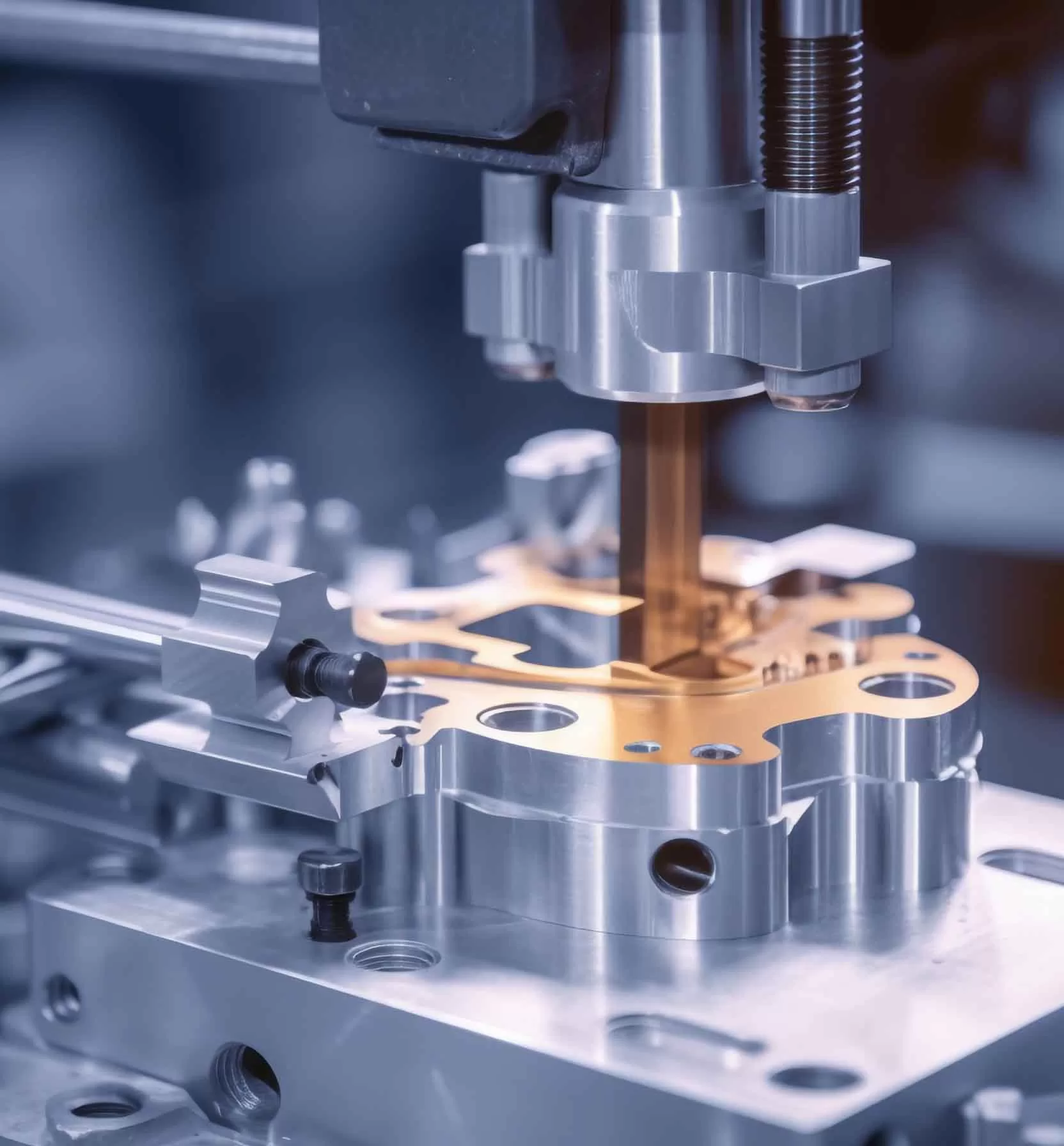As a professional CNC parts manufacturer, when it comes to the production process of golf clubs, we would like to talk to you about the application of CNC milling in golf putter.
Have you ever seen a golf putter like this? It has sharp edges and a strong metallic mechanical feel!

Are you curious about how such a cool golf putter is made? If you are a CNC machining expert like me, I believe you can tell at a glance that the golf putter in the picture above is made by CNC milling, and it is a pure CNC milling process. This does not include welding and forging processes that you may know.
The cost of making golf putters on CNC milling machines is expensive, but the solution is feasible. For golf enthusiasts, a pair of exquisite golf putters is their dream.
So let’s talk about the entire process of CNC milling a golf putter.
First of all, it’s the design. If you have a unique idea of the appearance of the golf putter that will be processed by the CNC milling machine and have a talent for drawing, then we are happy to refer to your drawings for processing. The magic of CNC machining is that any simple or complex drawing design can be converted into instructions that the CNC machine can understand and process step by step through CAD software. Of course, the premise of all this is that you must master and be proficient in the knowledge related to CNC programming and CNC machining.
The second is to choose the right material. Although the types of materials processed by CNC milling include most metals, there are still some metals that cannot be milled. 431 stainless steel is one of the common golf putter materials, with good corrosion resistance and strength, suitable for CNC milling. Aluminum alloys are often used in putter inserts to reduce weight and increase stability. Putters with soft carbon steel construction can provide a high-quality surface and good feel, such as Bettinardi’s Micro Honeycomb milling model.
The third step is to set the parameters of the CNC milling machine and select a suitable milling cutter. The properties of different materials, such as hardness, toughness and thermal conductivity, will affect the selection of cutting parameters. For example, carbide materials are suitable for higher cutting speeds, while cast iron materials require lower cutting speeds. Selecting the right tool material and optimizing the tool’s geometric parameters can improve cutting efficiency and processing quality. For example, carbide insert milling cutters are suitable for milling planes, while high-speed steel end mills are suitable for machining bosses and grooves. The cutting speed should be adjusted according to the hardness of the material. The feed rate determines the amount of material processed per minute and needs to be adjusted appropriately according to the tool type and workpiece conditions. The cutting depth should be set reasonably according to the choice of tool, the material and hardness of the workpiece to avoid excessive wear.
Finally, the CNC milling machine is started and processing begins. This processing process generally includes four steps:
- Rough machining: remove most of the excess material to form the basic shape of the putter.
- Finishing: further refine the shape to achieve the dimensions and tolerances required by the design.
- Surface treatment: surface treatment such as polishing or electroplating is performed to improve the appearance and durability of the putter.
- Assembly and testing: assemble the golf putter with other parts and perform functional testing to ensure the performance of the putter.
CNC milled golf putters are actually golf putters that are milled from a block of metal, which makes them a whole new level in terms of texture and quality, and golf putters made in this way have a near-zero tolerance. This is something that cast golf putters can’t match.
As experts in CNC machining, our CNC machinists make the original block of metal as dense as possible by putting it through dozens or hundreds of presses. The entire block of metal is then cut into the shape of your drawing on a CNC milling machine. This process cannot produce any flaws, making more golf putters more consistent and reliable. Therefore, milled golf putters are more expensive than cast golf putters, and these golf putters are usually suitable for advanced golfers or perfectionists who want to make sure their putters are perfect.
Want a quote for a CNC milled golf putter? Contact us and get a free sample.


